St Andrew’s House - Statement of Significance
Heritage | Conservation | Survey | Statement of Significance


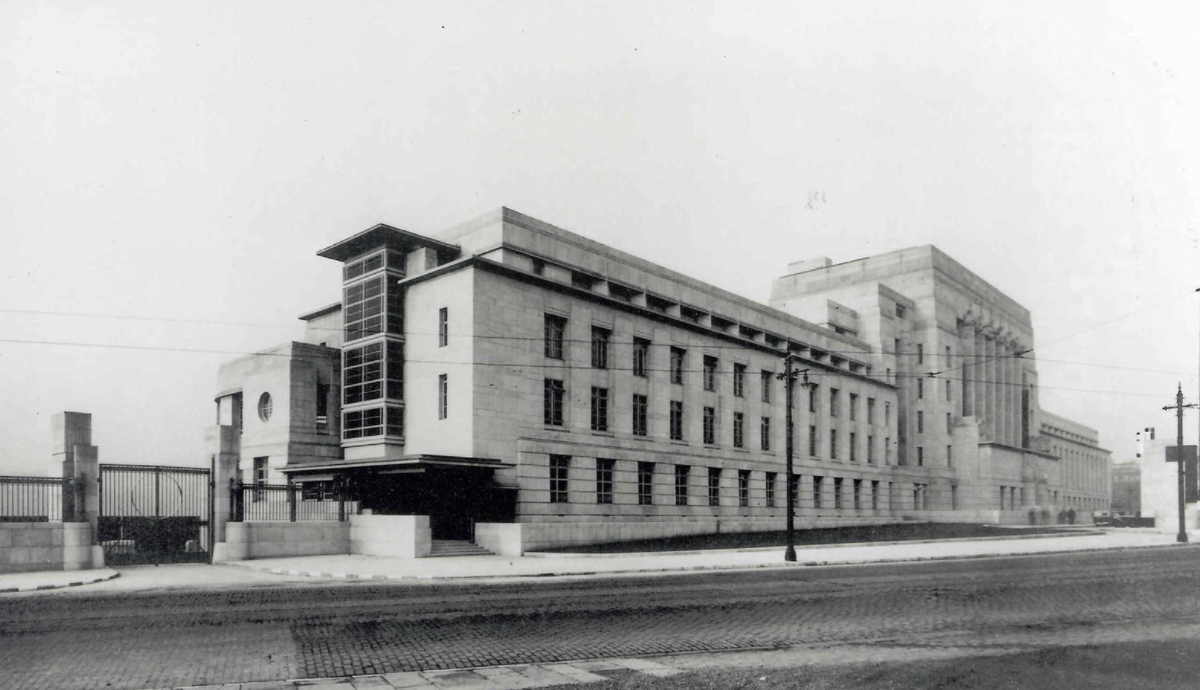

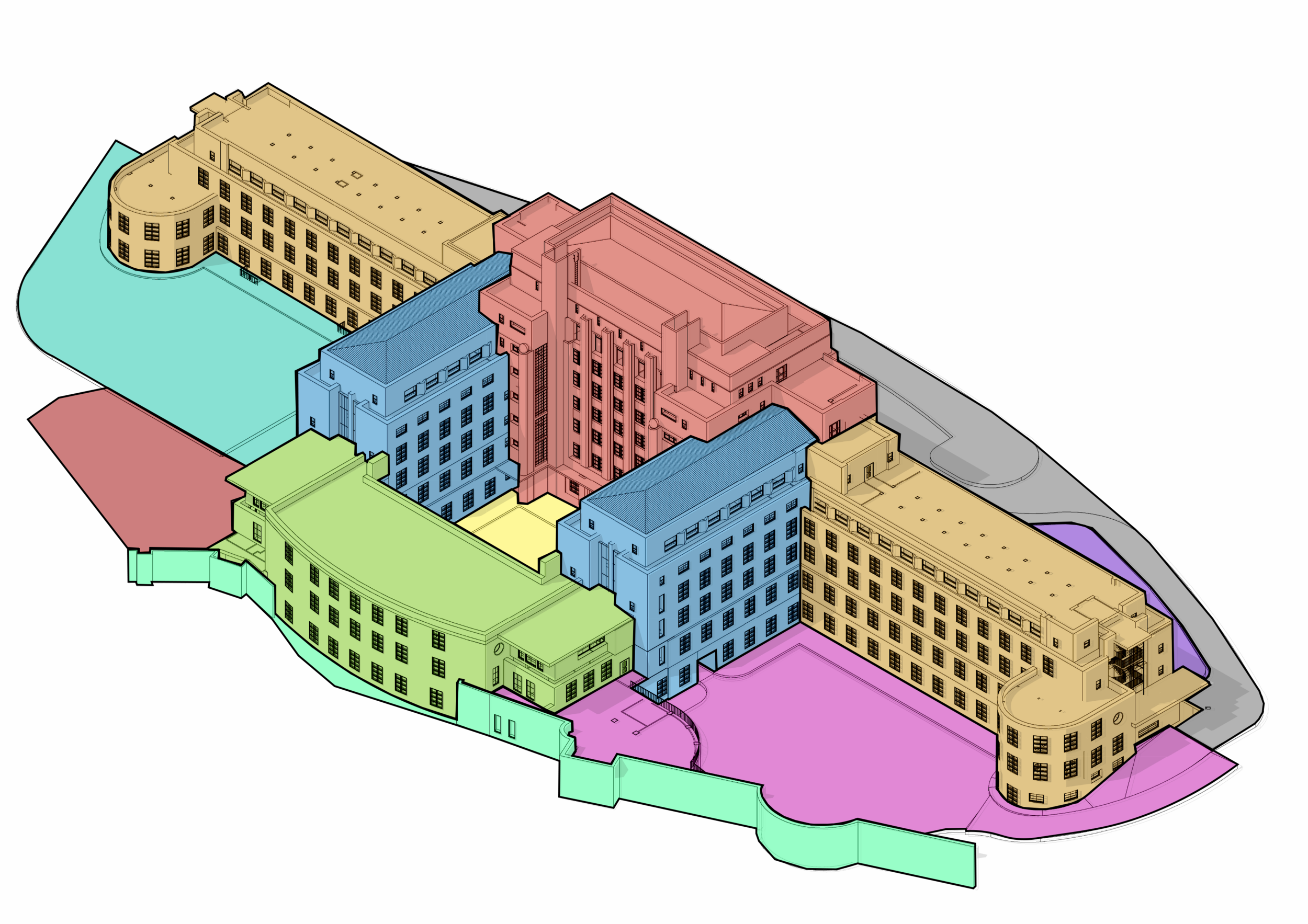
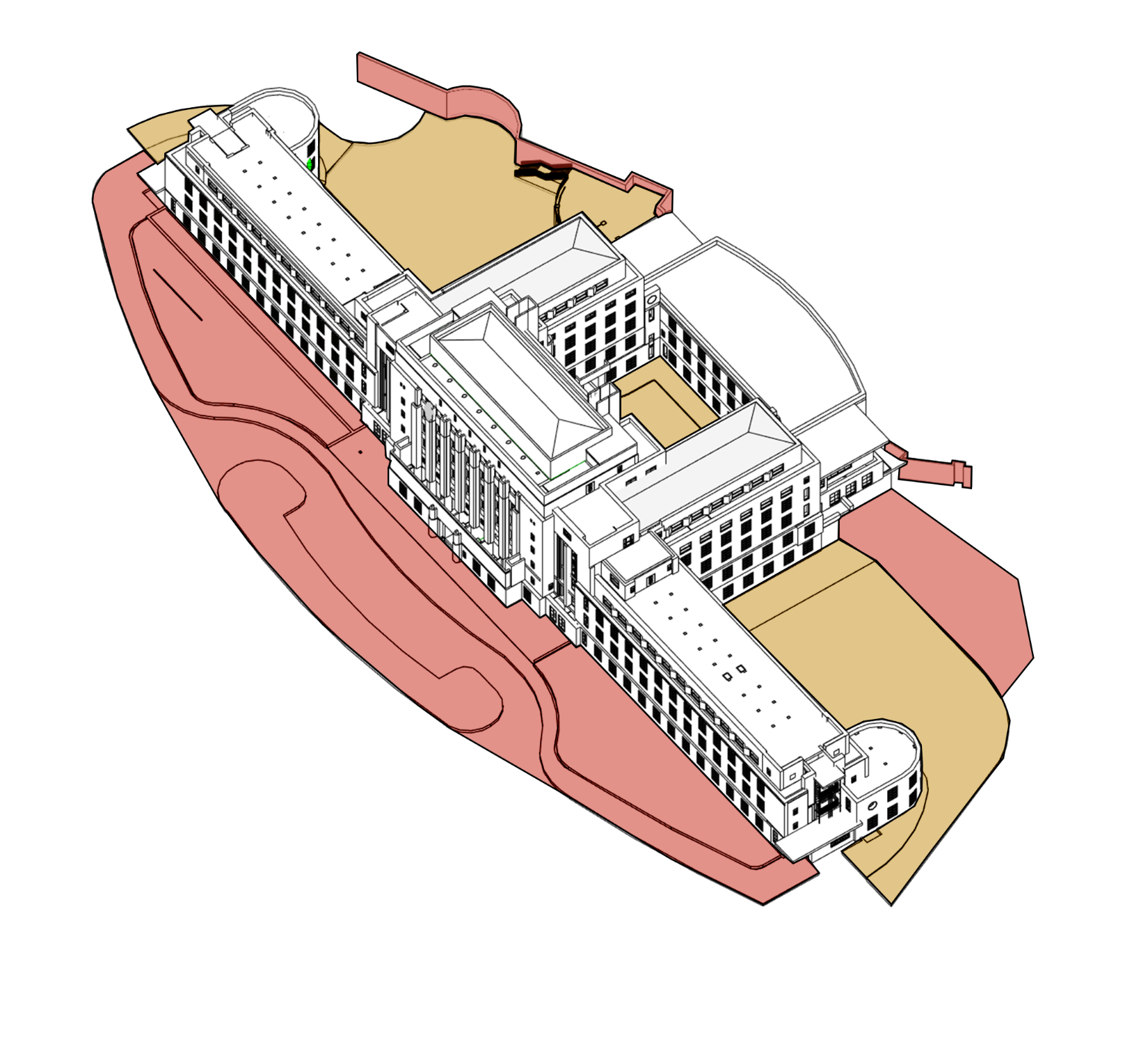

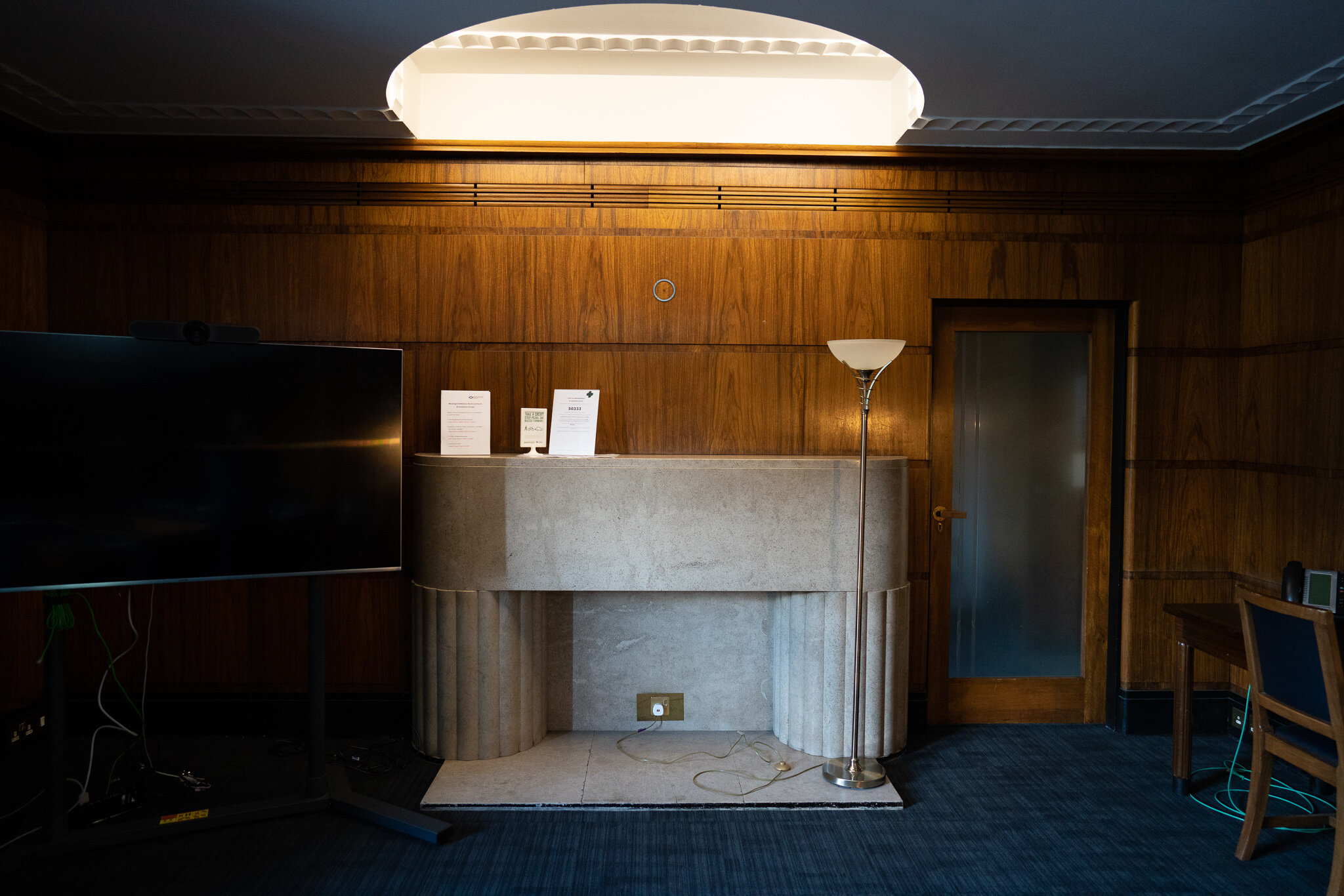


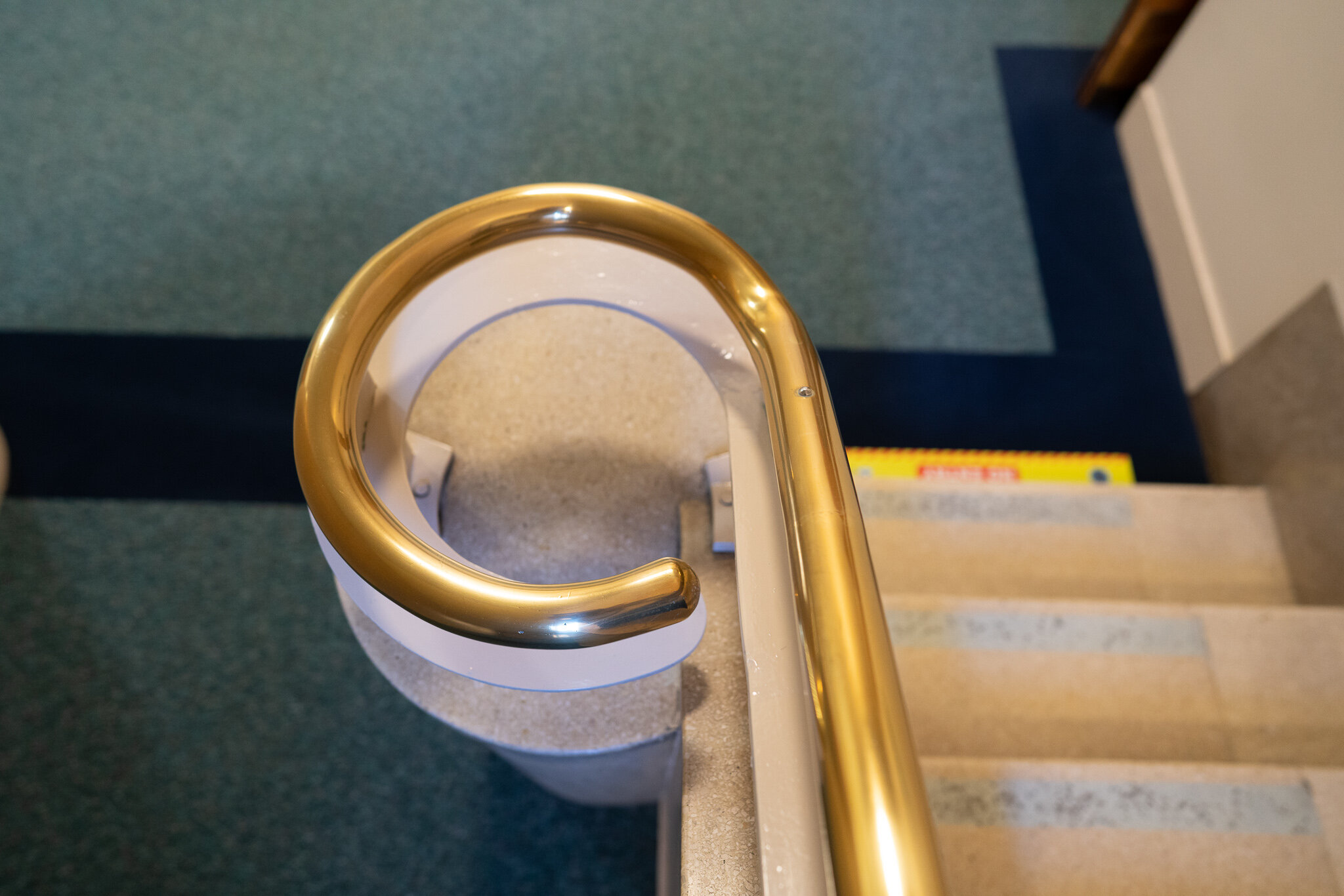
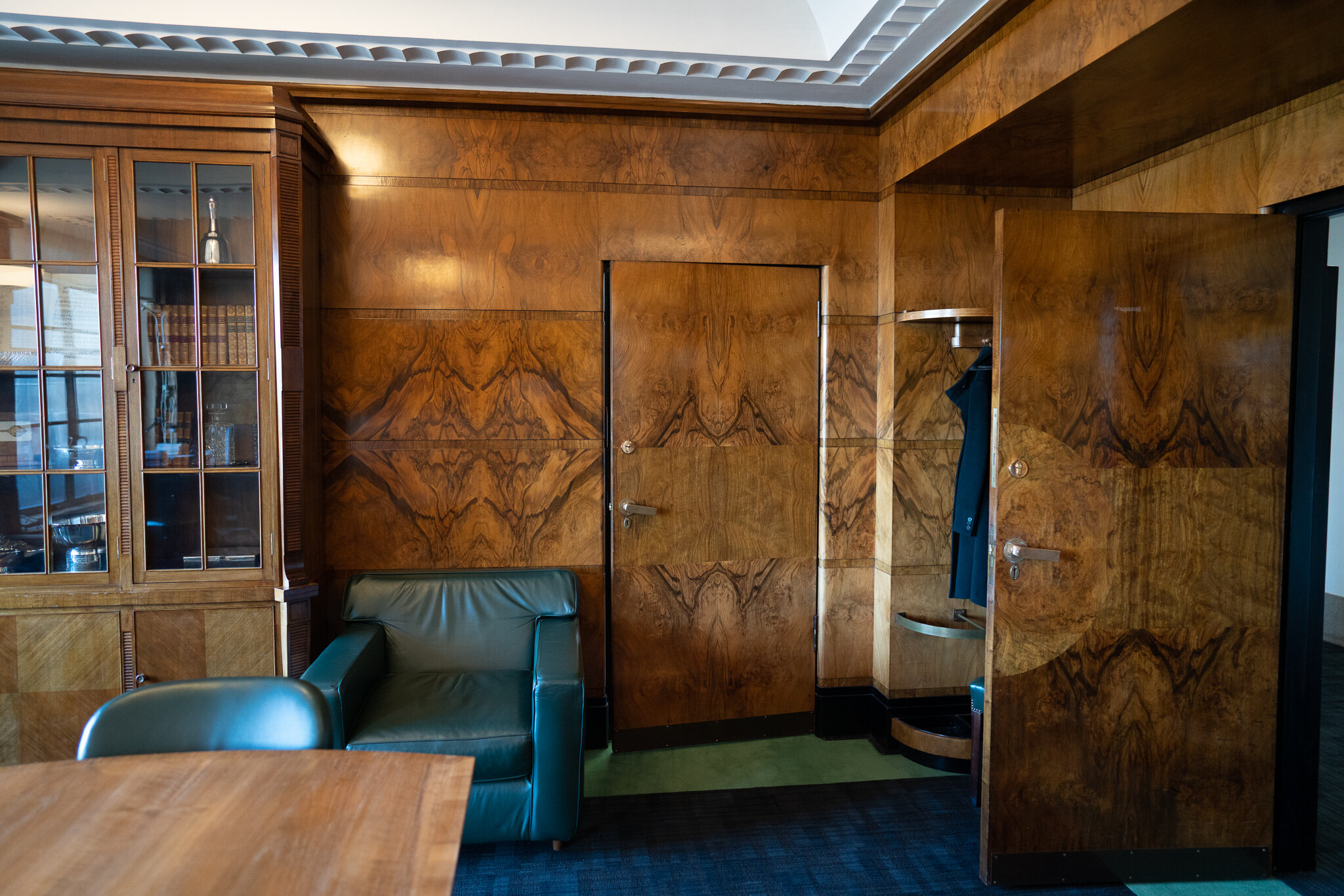
Location
St Andrew’s House is located on Regents Road in central Edinburgh. The promontory occupied by St Andrew’s House overlooks Waverly Station and is located to the Southern side of Calton Hill.
St Andrew’s House can be seen from multiple vantage points around Edinburgh, from Arthur’s Seat around to Edinburgh Castle.
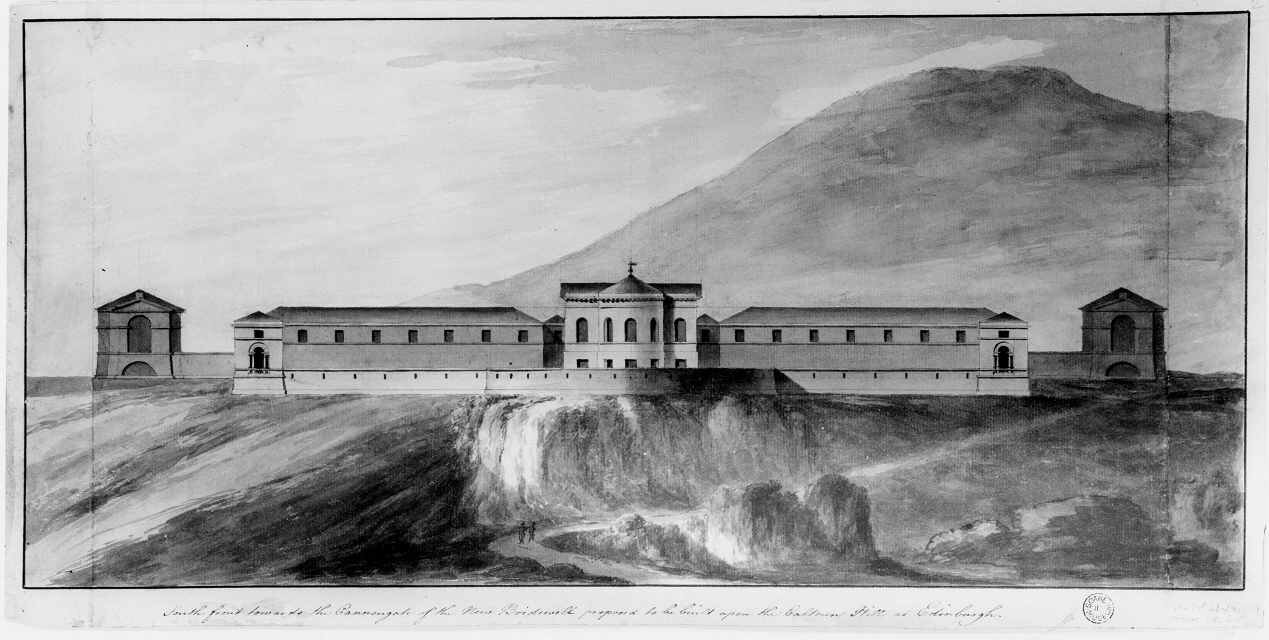
Background
St Andrew’s House is a vital part of the heritage of Edinburgh and a key building in telling the story of the people of Scotland. Calton Hill has long been a position of importance within the Edinburgh skyline, playing host to two prisons and is now home to the principle offices for the government of Scotland.
St Andrew’s House was designed by the renowned Scottish architect Thomas Tait. Construction began on St Andrew’s house in 1937, with the foundation stone being laid by the Duke of Gloucester. Construction completed in 1939 and was due to be opened by King George VI and Queen Elizabeth, unfortunately due to the outbreak of the Second World War, St Andrew’s House was never officially opened, with the gold ceremonial key still being held in the First Ministers office to this day.
St Andrew’s House is a Category A listed building and is a perfect example of the art-deco/streamline moderne styling and is a perfect example of the architectural fashions of the time. Often described as being monolithic, St Andrew’s House is one of a select few buildings of its vintage left in Edinburgh, and one of only several left across the United Kingdom.
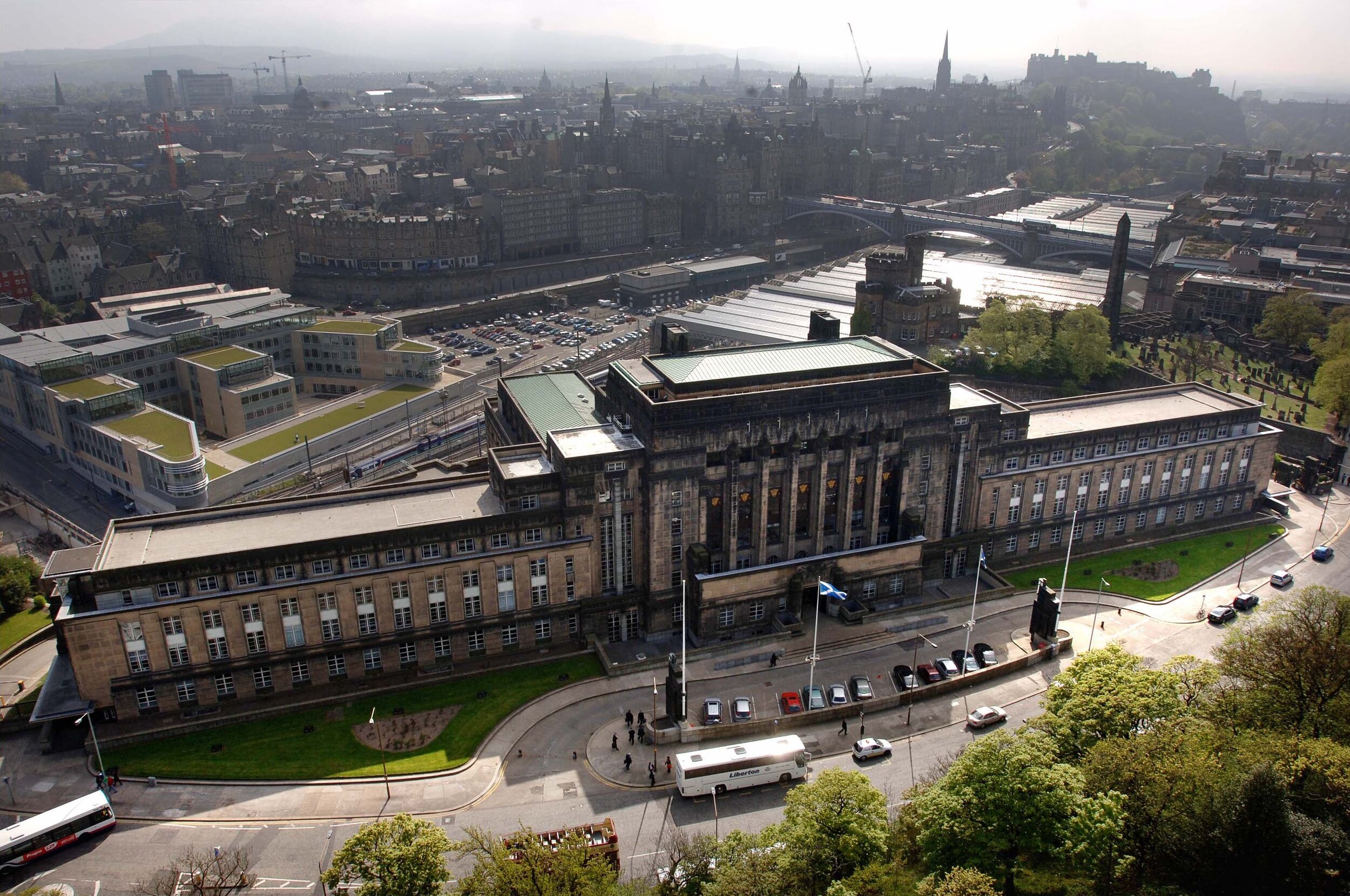
Our Work
Desmonde Associates was tasked with performing a statement of significance for the entire building, including both the interior and exterior. Preserving and recording heritage is the primary function of a statement of significance allowing for future works to be designed to have minimal impact on heritage.
Using a work flow method developed over decades of working on heritage buildings we produced a detailed and comprehensive document identifying all the areas and details of St Andrew’s House that were highlighted as being of historical or cultural significance.
Our research into the history of not just St Andrew’s House but also the site itself took several weeks. Retrieving documents from the National archives of Scotland including original drawings gave us unprecedented knowledge in understanding the history of the building and of the wider site.
Throughout our time spent on site at St Andrew’s House we have continuously found new and interesting historical features. Our work has helped to preserve the fabric of St Andrews House for future generations. Our statement of significance can be used as the basis for a conservation management plan in addition to guiding the design and work flow of any future renovation works to happen at St Andrew’s House.
Desmonde Associates is proud to say that we have helped record and preserve such a historic and culturally important piece of Scottish history.





